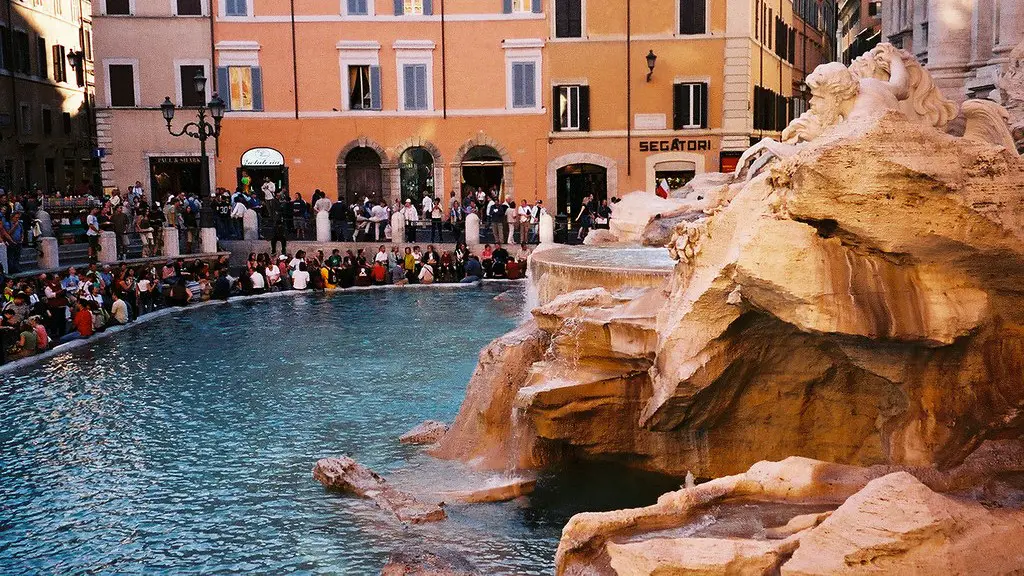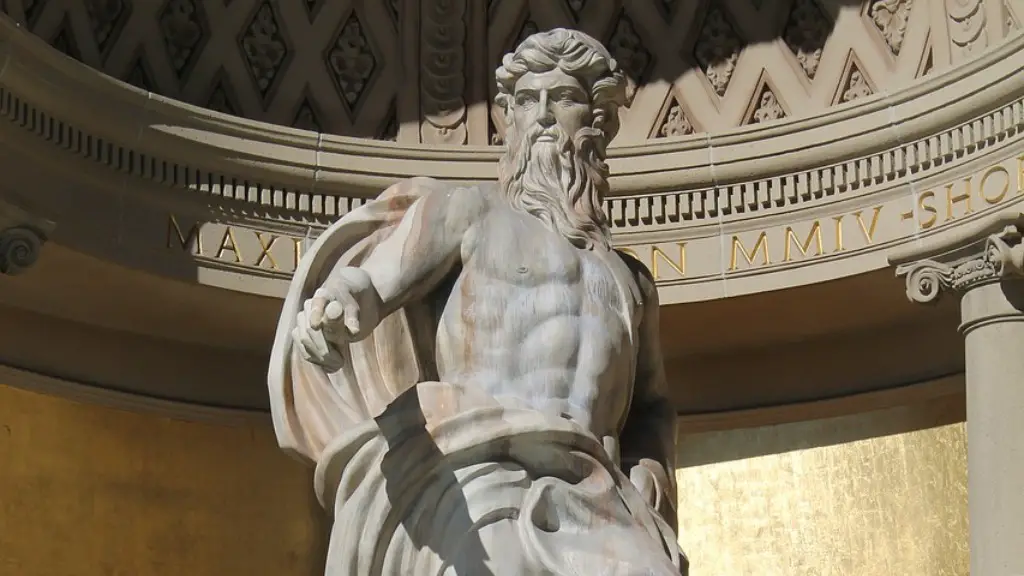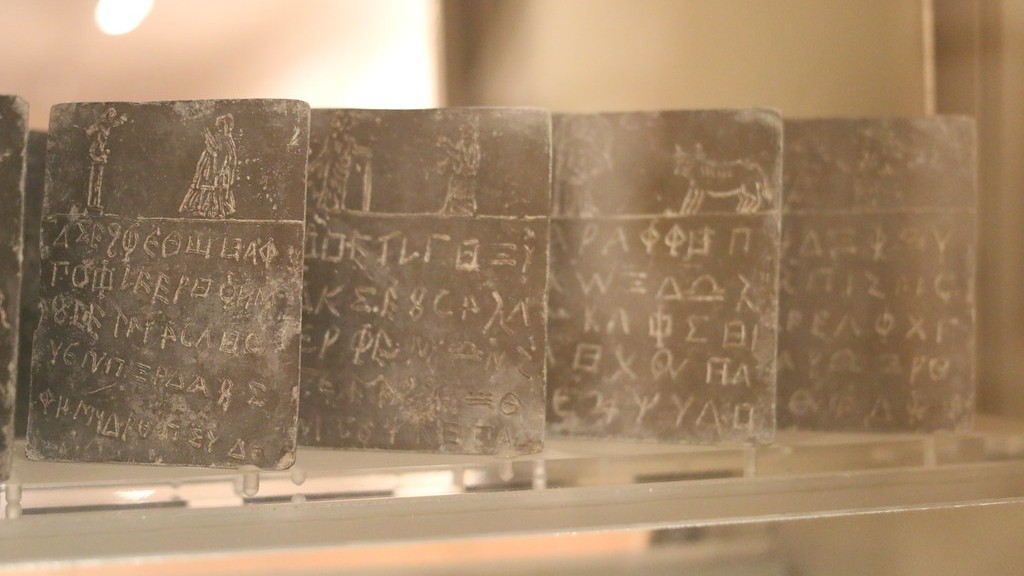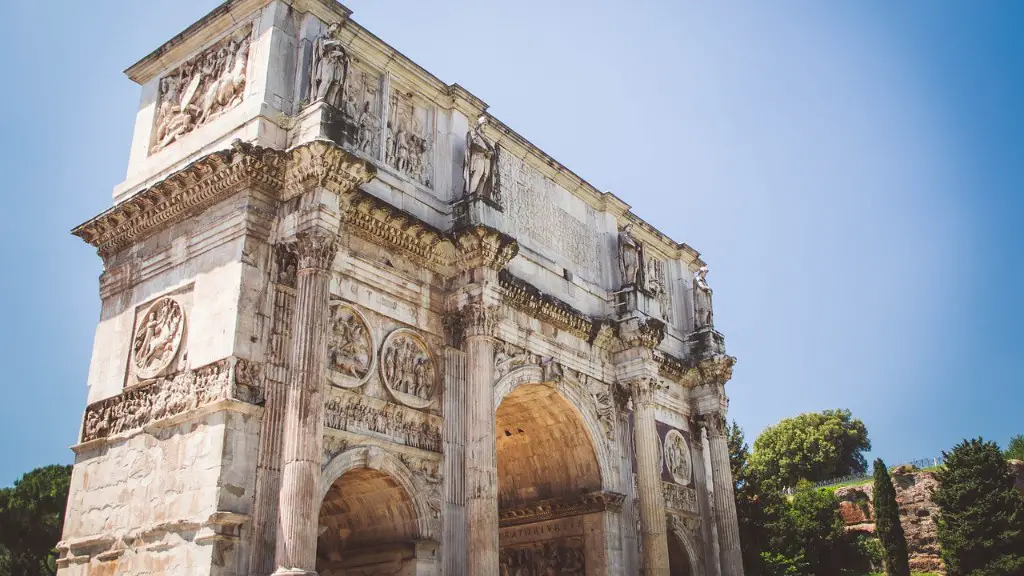The legacy of Ancient Rome’s military forces is still evident today. It has been said that the Roman Army was “perhaps the most efficient war machine ever assembled”, and it is clear that the strength and skill of the Roman Legionnaires still has an influence. Ancient Roman military tactics were a major part of the empire’s success and stability. They changed over time as the Romans faced different opponents, adopted new technologies and faced new challenges, but the spirit of their organization and leadership remains a standard of excellence. In this article, we will explore the major aspects of Ancient Rome’s military forces — from its legionnaires, to its technology, to its strategies and tactics.
The Structure of the Legion
At the heart of the Roman military was the legion. Each legion comprised of 4,000 to 5,000 heavily armed infantry and included engineers, gun crews, and other specialists. In addition to the infantrymen, each legion had a cavalry unit of 300 to 600 men. All the legionnaires were well-trained, heavily armed and organized into squads of around thirty men.
The organization of the legion mirrored that of the Republic’s social structure. Legatus Legionis, or legate, was the commander of the Legion, and he was usually a aristocrat. Under him were the tribuni militum (tribunes), who served as second-in-command. Then came the centurions, who were former legionnaires with experience and were put in charge of a hundred-man unit in the Legion. Below the centurions were the optio (driver) and signifer, who was responsible for maintaining the records and equipment.
Organizational Hub and technologies
Rome’s military was highly organized and well-positioned, centralizing power around three main hubs — a volunteer conscript and cavalry training system, a military logistics system and an engineering and medical corps. In addition, Rome invested heavily in technologies, tools and munitions to strengthen the effectiveness of its legions.
The Roman Empire was the first state to have a fully organized conscription system. All free citizens were subject to the draw and were required to serve in the military for a period of 25 years. Cavalry were recruited through further training, and the Roman Legion employed specialist riders to operate horse-drawn wagons, carry messages or launch javelins.
The Roman military also boasted an impressive engineering corps. Rome developed a highly advanced system of siege engines to penetrate walls and fortifications. Catapults, siege towers, rams and other equipment were used to mount defense and offense. This was in addition to the firepower provided by its artillery, spearheaded by the formidable Ballista — a giant crossbow-like weapon.
Tactical Innovations
One of Rome’s greatest military innovations was its tactics and formations. This tactical flexibility enabled them to outmaneuver enemy armies, even when outnumbered. In fight, the primitive phalanx formation was abandoned for the more dynamic and mobility-focused testudo formation. In this formation, the Roman legionnaires interlocked their shields to protect against arrows and javelins.
The strategy of Romans was one of masterful maneuver. In battle, the Legion maneuvered in a tactical square formation known as the ‘contravallation’ to ensure they could face any direction. This allowed them to respond rapidly to any shifts in the battle, giving them a huge advantage over their enemies.
Legacy of Rome’s Military Forces
From its organization to its tactics and technology, Ancient Rome’s military forces have played a significant role in the development of modern warfare. To this day, historians and military strategists alike remember the courage, skill and organization of Rome’s legionnaires — and their lasting legacy.
Leadership
An often overlooked aspect of the Roman military was their emphasis on leadership. All Roman generals and legionnaires were expected to be devoted to the cause and to the emperor, and legionnaires were chosen for their courage, character and qualities.
The loyalty and strength of their leadership has been echoed throughout history. Roman leaders were brave in battle, disciplined in camp and clever in their strategies. Their military tactics allowed them to take and hold territory in hostile environments, while their leadership inspired their troops to fight on the frontlines and make great sacrifices.
Battles
In spite of its impressive military capabilities, Ancient Rome was still limited by human capabilities — as it was for most ancient armies. In battle, the Romans relied on brute force and on the courage of their legionnaires. This strategy served them well against most of their foes, but the Romans eventually met their match in their more agile and mobile opponents.
The most famous example of a Roman defeat was the Battle of Cannae in 216 BCE. On the day, a superior Roman force was driven back by Hannibal’s expert use of cavalry and light infantry. The Romans were unable to counter-attack fast enough and eventually suffered a staggering defeat.
Weapons
The Roman military was armed with a range of weapons, including spears, swords, bows and javelins. Their most iconic weapon was the gladius — a short, double-edged sword. This was the Legion’s primary weapon and was capable of delivering lethal blows in close combat. In addition, the Romans used a variety of shields such as the scutum and the parma, which provided additional protection.
The Roman military also employed a range of exotic weapons such as the scorpion — a type of crossbow that fired iron bolts. These weapons, alongside their cutting-edge artillery, gave the Romans an advantage over their foes.
Discipline And Training
Alongside their tactical and strategic strengths, the Roman military was renowned for its discipline and training. Legionnaires were expected to adhere to strict rules and regulations and maintain a high degree of readiness. Every soldier had to learn the necessary skills, from marching and fighting to engineering. When mobilizing for war, the Legions were highly organized and disciplined, with every soldier ready to fight.
Though training and discipline, the Romans were able to drive their enemies back and take and maintain territory with remarkable efficiency. By instilling a sense of discipline and unity among its ranks, the Roman military was able to not just survive but also thrive.




